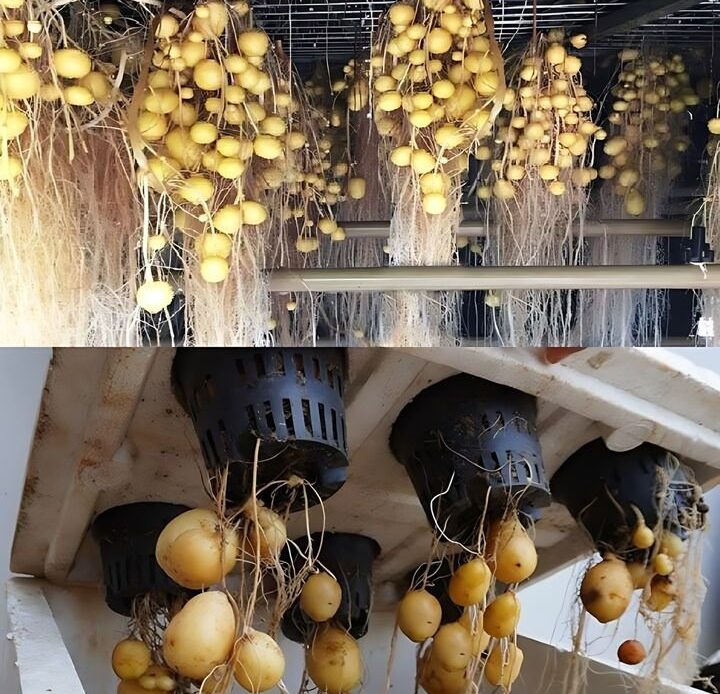Potatoes have been a staple food for centuries, traditionally grown in soil. But what if you could grow them without any soil at all? Thanks to aeroponic farming, it is now possible to cultivate potatoes in mid-air using a nutrient-rich mist. This innovative method offers faster growth, higher yields, and a cleaner, more sustainable approach to farming.
If you’re curious about growing potatoes without soil, this guide will walk you through everything you need to know—from understanding aeroponics to setting up your own system at home.
## Understanding Aeroponic Potato Cultivation
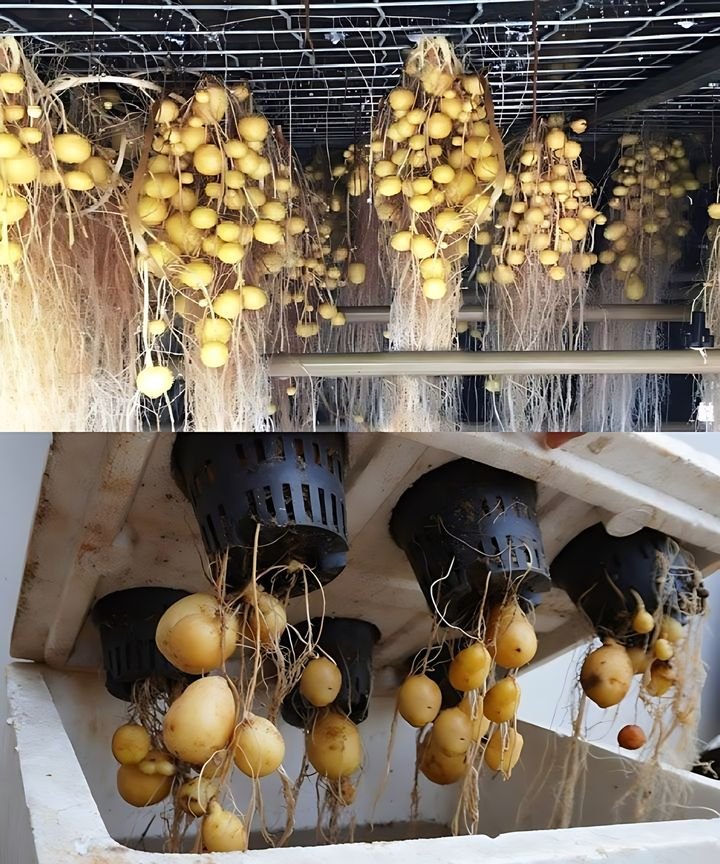
Aeroponics is a revolutionary farming technique that suspends plants in the air while delivering nutrients directly to their roots in the form of a fine mist. Unlike hydroponics, which submerges plant roots in water, aeroponics allows roots to remain exposed, promoting better oxygen absorption and faster growth.
### How Does It Work?
1. **Suspended Growth:** Instead of being planted in soil, potatoes are placed in net pots or containers where their roots hang freely in the air.
2. **Nutrient Misting:** A specialized aeroponic system sprays nutrient-rich water onto the exposed roots at regular intervals.
3. **Optimal Conditions:** With the right balance of nutrients, oxygen, and water, potatoes grow efficiently and produce higher yields compared to traditional farming methods.
Aeroponic farming is increasingly popular in commercial agriculture and home gardening, offering a futuristic solution for growing crops in urban environments, space-constrained areas, or even outer space.
## Benefits of Growing Potatoes Without Soil
Aeroponic cultivation provides numerous advantages over traditional soil-based farming. Here are some of the key benefits:
### 1. Faster Growth and Higher Yields
Because aeroponic systems deliver nutrients directly to the roots in an oxygen-rich environment, potatoes grow significantly faster. Research shows that aeroponic potatoes can yield up to **75% more** than those grown in soil.
### 2. Reduced Risk of Disease and Pests
Soil is often a breeding ground for pests, bacteria, and fungi that can damage crops. Since aeroponics eliminates the need for soil, the risk of diseases like potato blight is dramatically reduced.
### 3. Water Efficiency
Aeroponics uses up to **95% less water** compared to soil farming. The system recycles nutrient solutions, reducing waste and making it an eco-friendly choice.
### 4. Space-Saving Solution
With vertical aeroponic systems, you can grow potatoes in **small indoor spaces, greenhouses, or urban settings**. This makes it ideal for city dwellers and commercial farmers looking to maximize production.
### 5. Cleaner and Healthier Produce
Since aeroponic potatoes grow without soil, they don’t accumulate dirt or contaminants. This results in **cleaner, healthier, and more nutrient-rich potatoes** ready for consumption.
## Necessary Materials for Growing Aeroponic Potatoes
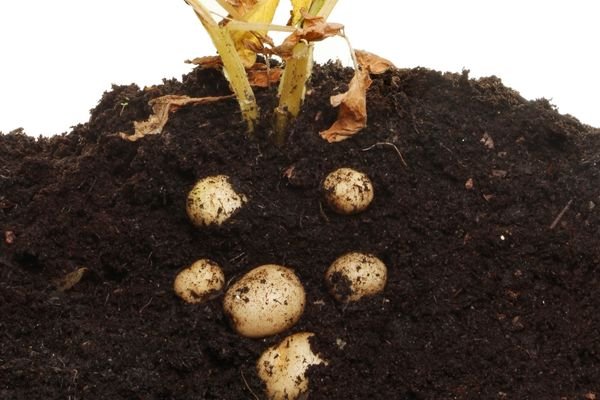
To start growing potatoes without soil, you’ll need a few essential materials:
1. **Aeroponic System** – A setup that includes misting nozzles, a water reservoir, and a pump to spray nutrient solution onto the roots.
2. **Seed Potatoes or Cuttings** – Choose high-quality seed potatoes or vine cuttings for propagation.
3. **Nutrient Solution** – A balanced liquid fertilizer rich in nitrogen, phosphorus, and potassium.
4. **pH Testing Kit and pH Solutions** – To maintain the optimal pH range for potato growth (5.5 – 6.5).
5. **Net Pots or Holders** – To support the potato plants while allowing roots to hang freely.
## Step-by-Step Guide to Growing Potatoes Without Soil
Now that you have your materials, follow these steps to set up your aeroponic potato system:
### Step 1: Set Up the Aeroponic System
– Install the aeroponic unit in a well-ventilated area with access to electricity and water.
– Ensure the misting nozzles cover the root zone evenly.
– Fill the reservoir with water and add the nutrient solution according to the manufacturer’s instructions.
### Step 2: Prepare the Seed Potatoes
– If using whole potatoes, let them sprout in a cool, well-lit area for a few weeks.
– Cut larger potatoes into smaller pieces, ensuring each piece has at least one sprout (eye). Let them dry for a day before planting.
– If using vine cuttings, select healthy stems from a mature potato plant and place them in the net pots.
### Step 3: Plant the Potatoes in the Aeroponic System
– Place the seed potatoes or cuttings into the net pots, positioning them securely.
– Ensure that the lower part of the plant is exposed to the misting system.
### Step 4: Prepare and Monitor the Nutrient Solution
– Mix the nutrient solution with water in the reservoir, ensuring the pH stays between **5.5 – 6.5**.
– Check the system daily to ensure misting cycles are running correctly.
– Replenish the nutrient solution as needed, typically every **one to two weeks**.
### Step 5: Monitor Growth and Adjust Conditions
– Keep the temperature between **60-75°F (15-24°C)** for optimal growth.
– Ensure the plants receive **12-14 hours of light daily**, either from natural sunlight or grow lights.
– Prune any dead leaves to maintain plant health.
### Step 6: Harvesting the Potatoes
– Baby potatoes can be harvested **2-3 weeks after flowering** by carefully removing them from the net pots.
– For mature potatoes, wait until the foliage turns yellow and dies back (typically **10-12 weeks after planting**).
– To harvest, simply remove the plant from the net pot and collect the potatoes from the root zone.
## Common Challenges and How to Overcome Them
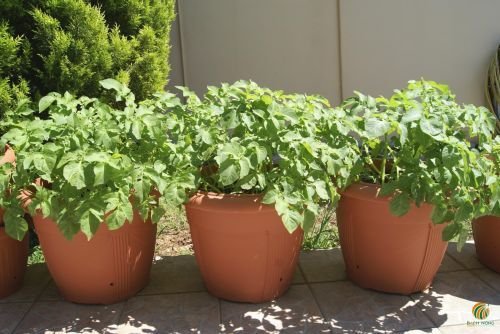
### 1. Root Drying
If the misting nozzles become clogged or the system stops working, roots can dry out quickly. **Check the system regularly** to ensure proper misting.
### 2. Nutrient Deficiencies
If leaves start turning yellow or show signs of stunted growth, your potatoes might be lacking essential nutrients. **Adjust the nutrient solution accordingly** and maintain the correct pH balance.
### 3. Overcrowding
Aeroponic systems require proper spacing to allow for air circulation. Avoid planting too many potatoes in one system to **prevent competition for nutrients**.
## Future of Aeroponic Potato Farming
As the global demand for food increases, aeroponics presents a sustainable solution for modern agriculture. This method is already being explored for **space missions, urban farms, and commercial food production**. With further advancements, aeroponics could play a crucial role in ensuring **food security** while reducing the environmental impact of traditional farming.
## Final Thoughts
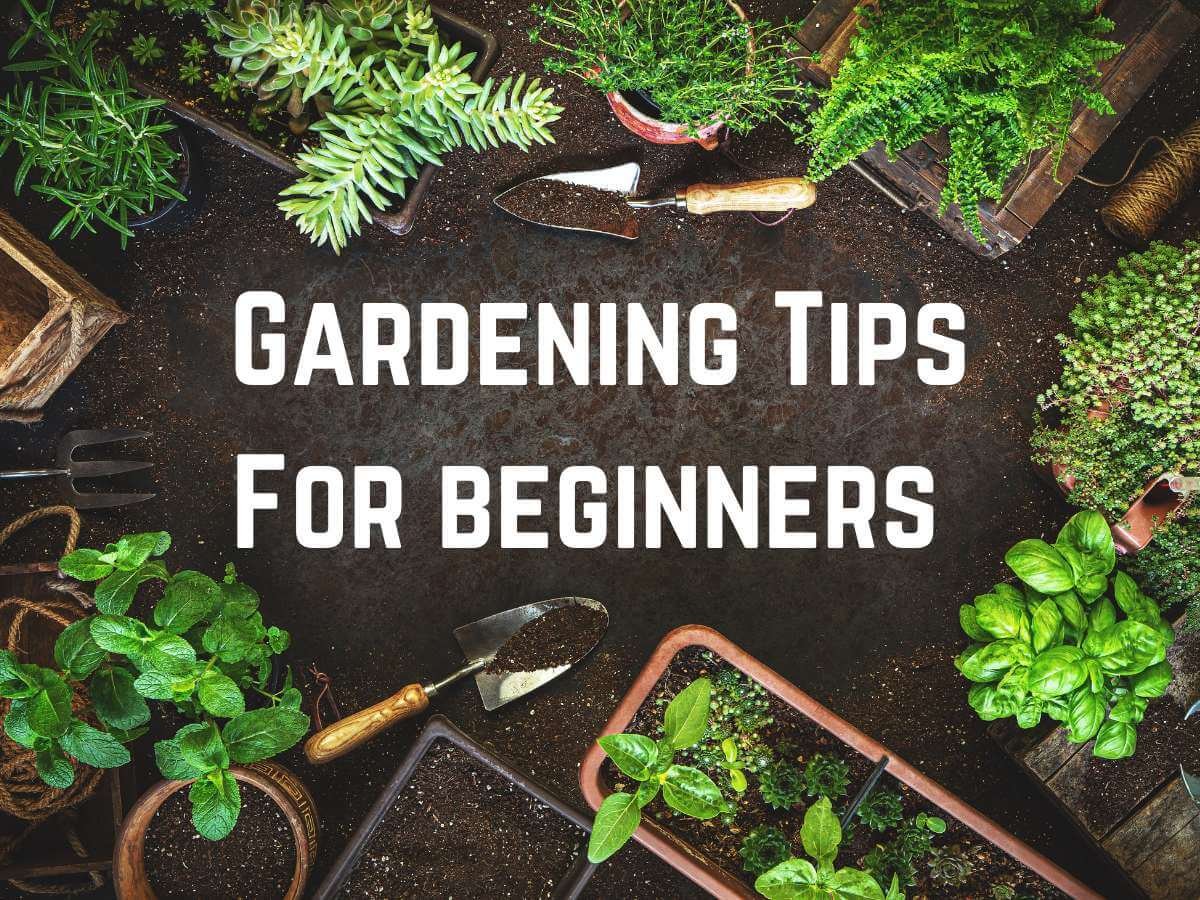
Growing potatoes without soil might sound futuristic, but aeroponic farming is already transforming the way we cultivate crops. With **higher yields, reduced water usage, and better disease resistance**, aeroponics is a game-changer for both home gardeners and commercial farmers.
If you’re looking for an innovative way to grow potatoes, setting up an aeroponic system is a worthwhile investment. Give it a try and experience the future of farming today
